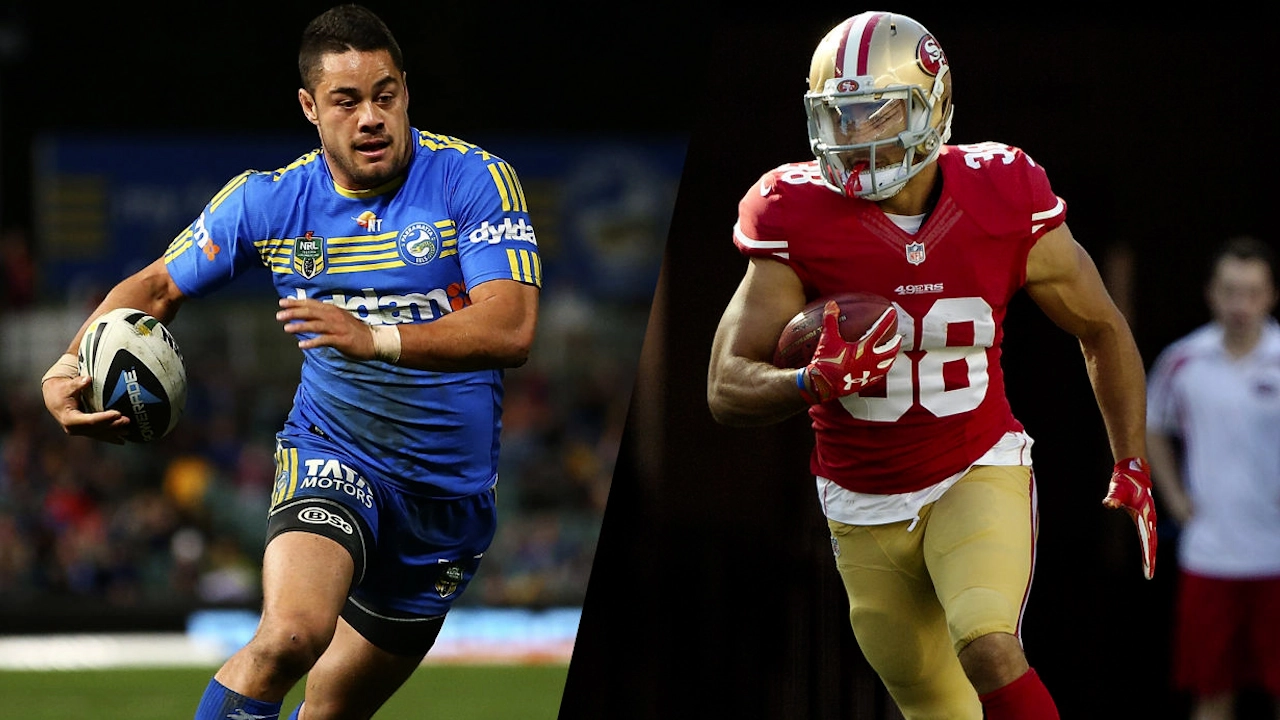Rugby vs American Football – How Similar Are They?
If you’ve ever watched a game of rugby or an NFL match, you might wonder whether they’re just two versions of the same sport. The short answer? They share a common ancestor and some basic ideas, but the details are miles apart. In this guide we’ll break down what they have in common, where they diverge, and why fans love each game for different reasons.
Key similarities
Both rugby and American football started from the same school‑yard games in 19th‑century Britain. That’s why they both involve an oval ball, a lot of running, and scoring by getting the ball into a goal area. Tackling is a core part of each sport – you can’t move the ball without a defender trying to stop you. Both games also use a “down‑field” concept: the team with the ball wants to move it forward, while the opposition tries to regain possession.
Because of that shared DNA, the basic terminology overlaps. You’ll hear terms like “scrum”, “line‑out”, “touchdown” (in rugby called a try), and “conversion”. Fans of one sport can usually pick up the other’s rules after a few matches. The excitement of a breakaway run, the roar of a crowd after a big play, and the tactical chess‑match between coaches are common to both.
Major differences
The biggest split shows up in the equipment and pace of play. Rugby players wear almost no protective gear – just a mouth‑guard and maybe some light padding. American football players gear up in helmets, shoulder pads, thigh guards and more. That safety equipment lets football players make high‑impact collisions that would be illegal in rugby.
Game flow is another contrast. Rugby is essentially continuous: after a tackle the ball stays alive, and play resumes instantly. In American football, the play stops after each down, the ball is reset, and teams line up again. That stop‑start rhythm creates a very different viewing experience and changes how strategies are built.
Scoring also varies. In rugby, a try is worth five points, and a conversion kick adds two. Penalty kicks, drop goals and conversions each have specific point values. In American football, a touchdown scores six points, the extra point adds one, a two‑point conversion adds two, and field goals are worth three. The way points accumulate changes the risk‑reward calculations for each team.
The field dimensions differ too. A rugby pitch stretches about 100 meters long with 22‑meter in‑goal areas, while an American football field is 100 yards long with 10‑yard end zones. Those size differences affect how much space players have to run and where tactical plays develop.
Finally, the culture around each sport adds a layer of uniqueness. Rugby clubs often operate like community hubs, with players and fans mixing after games in local pubs. American football leans heavily on big‑stadium events, halftime shows, and a massive media machine. Both create loyal followings, but the vibe you feel at a club match versus a Super Bowl halftime is worlds apart.
So, are they similar? Kind of. They share a love of an oval ball, hard running and strategic teamwork, but the rules, equipment, pace and culture set them apart. If you’re curious to dig deeper, check out our feature article “Is rugby similar to American football?” – it breaks down the comparison point‑by‑point with a dose of humor and local flavor.
Whether you’re a seasoned rugby fan or a die‑hard football follower, understanding the differences can make you appreciate each game more. Next time you hear someone say “rugby is just football without helmets,” you’ll have a solid answer ready – and maybe a new sport to try out yourself.
Is rugby similar to American football?
Alright, lads and lasses, let's tackle this head-on like a forward charging for a try! Rugby and American football, two burly sports that seem like long-lost twins at first glance. But, are they really? Well, they do share a common ancestor, and both involve a lot of running, tackling, and scoring points by getting the ball to a certain area. Yet, they're as different as a pint and a Bud Light - rugby's got no protective gear, continuous play, and a rounder ball. So, similar? Yeah, kinda, like how a bulldog is similar to a poodle!
